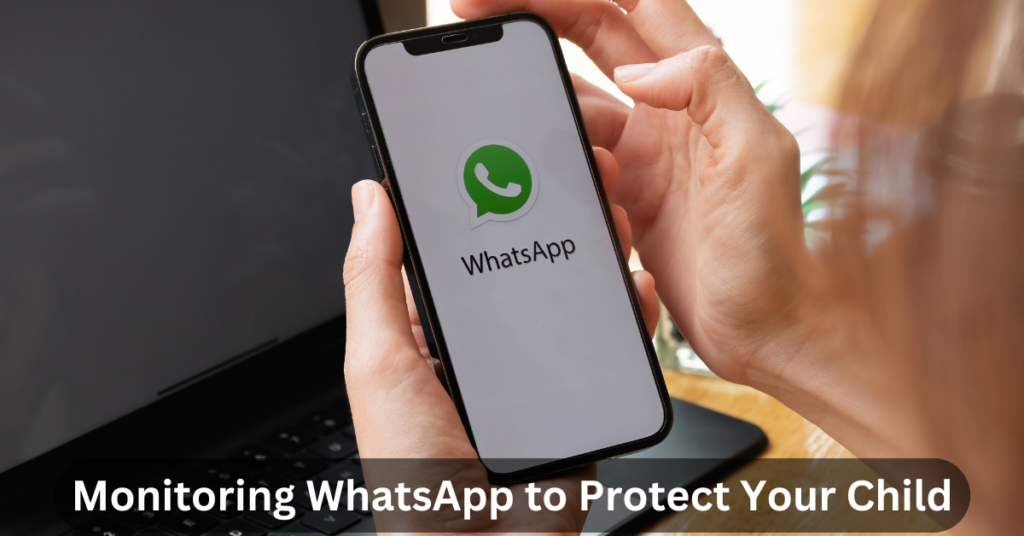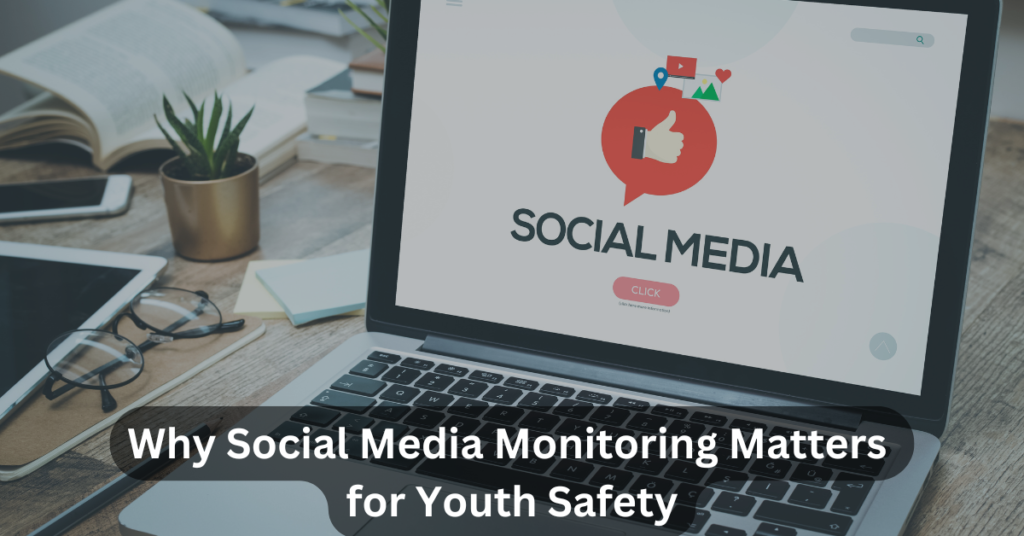In an era where instant connection is a way of life, WhatsApp has emerged as every teen’s favorite messaging app, seamlessly connecting friends, families, and communities across the globe. With over 3 billion monthly active users in 2025 and teens opening the app up to 30 times daily, WhatsApp is more than just a chat tool, it’s a social lifeline. Its appeal lies in its simplicity, speed, and the promise of secure, encrypted conversations. However, this very encryption that safeguards privacy can also mask cyberbullying, inappropriate sharing, and risky behaviors, creating a hidden peril for young users.
For parents, understanding the nuances of WhatsApp use and adopting mindful monitoring is critical to ensuring teens navigate this digital space safely. This article delves into how teens use WhatsApp today, examines its privacy challenges, and presents practical safety practices and monitoring tools that can help protect young users while respecting their growing need for privacy and independence.
Why WhatsApp is Every Teen’s Favorite Messaging App
WhatsApp stands as the preeminent messaging app globally in 2025, boasting over 3 billion monthly active users. Its cross-platform compatibility, simplicity, and end-to-end encryption make it a trusted choice for teens seeking private and instant communication. Around 83% of users open WhatsApp daily, with some teens checking the app 25-30 times a day, highlighting its integral role in their social lives.
WhatsApp’s global reach extends across 180+ countries and supports over 60 languages, with key markets like India, Brazil, and the United States leading in user numbers. Globally, about 19% of WhatsApp users are aged 15-25, aligning with its widespread popularity among teens and young adults.
Also Read About: From Likes to Lifelines: Why Social Media Monitoring Matters for Youth Safety
How Teens Really Use WhatsApp: Groups, Chats & More
Teens engage with WhatsApp in several distinct ways:
- One-on-One Messaging: For quick, direct conversations with friends and family.
- Groups: Used widely for social planning, school projects, hobby groups, and community events. Groups can have up to 1,024 members.
- Voice and Video Calls: Increasingly popular for intimate, face-to-face interaction on mobile.
- Broadcast Lists: For sharing announcements with multiple contacts discreetly.
Users spend an average of 34 minutes daily on WhatsApp, typically sending millions of texts globally every day. This level of engagement underscores the app’s centrality to teen communication.
Privacy or Peril? The Hidden Dangers of WhatsApp for Teens
While WhatsApp boasts strong end-to-end encryption, providing good privacy, this also creates challenges:
- Cyberbullying: Private chats and groups can harbor bullying, harassment, or exclusion, often out of parents’ visibility.
- Misinformation & Scams: Teens may encounter false information or phishing attempts.
- Sexting and Risky Behaviors: Private sharing of inappropriate content poses legal and emotional risks.
- Addiction: High frequency use can impact teens’ mental health and sleep patterns.
Roughly 23% of teens use WhatsApp actively, which calls for awareness of both its power and potential pitfalls.
Read about: Beyond the News Feed: How to Keep Teens Safe on Facebook
The Role of End-to-End Encryption: Pros and Risks
WhatsApp’s end-to-end encryption means messages can only be read by sender and receiver, ensuring privacy. However, this also implies:
- Pros:
- Protects user data from hackers and third parties.
- Supports confidential conversations for teens.
- Risks:
- Limits parents’ ability to directly monitor conversations.
- May allow harmful content or behaviors to go undetected unless teens disclose them.
Balancing encryption’s privacy benefits with safety concerns remains a critical challenge for families.
Why Parents Need to Monitor WhatsApp Conversations
Despite encryption, monitoring remains essential to protect teens from:
- Cyberbullying and harassment occurring in private chats.
- Exposure to inappropriate or harmful content.
- Emotional distress from social exclusion or conflicts.
- Potential interactions with strangers or predators.
Monitoring tools and open communication give parents early warnings and the opportunity to guide teens on safe digital habits.
Best WhatsApp Safety Practices for Teens and Families
To foster safer WhatsApp use:
- Set privacy settings to restrict who can add teens to groups and see their profile information.
- Encourage teens to report and block bullies or inappropriate contacts.
- Discuss the importance of consenting before sharing images or messages.
- Limit screen time to prevent overuse and promote offline balance.
- Regularly review group memberships and chat activity together.
Promoting digital literacy and responsibility supports teens in navigating WhatsApp wisely.
Top Monitoring Tools for WhatsApp Parents Should Know
Parents can leverage several tools that help keep WhatsApp use safe:
- mSpy: Monitors WhatsApp messages and call logs covertly.
- Qustodio and Norton Family: Offers usage reports and screen time control.
- FamiSafe: Allows monitoring of app activity and suspicious content detection.
- OurPact: Includes app blocking and scheduling features.
These tools offer ways to respect encryption while ensuring protection when used transparently with teens.
Read about: Snaps That Disappear, Risks That Don’t: Why Snapchat Needs Monitoring
Respecting Privacy While Ensuring Safety on WhatsApp
Maintaining trust is paramount. Parents should:
- Be transparent about monitoring intentions.
- Encourage open dialogue about experiences and concerns.
- Empower teens to take responsibility for their privacy.
- Use parental controls as a safety net rather than strict surveillance.
This approach balances teens’ need for independence with protection from online risks.
Conclusion: WhatsApp Monitoring as a Lifeline for Teen Safety
WhatsApp’s convenience makes it integral to teen communication, but its private nature also carries risks. By understanding usage patterns, encryption implications, and safety challenges, parents and teens can collaborate to ensure a safer experience. When paired with the right tools, open communication, and clear rules, monitoring WhatsApp transcends the “blue tick” and becomes a lifeline for teen safety and well-being in our digital age.


